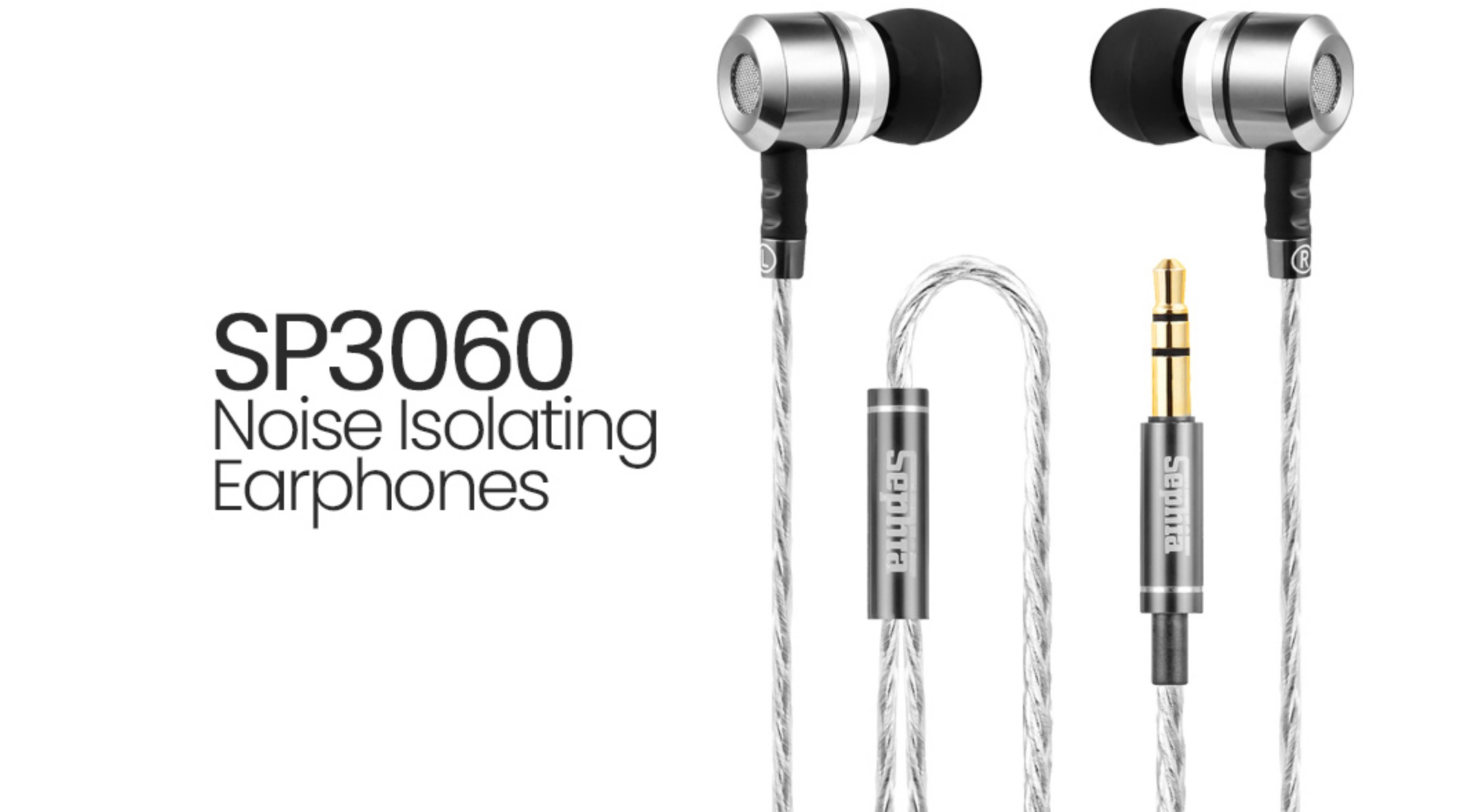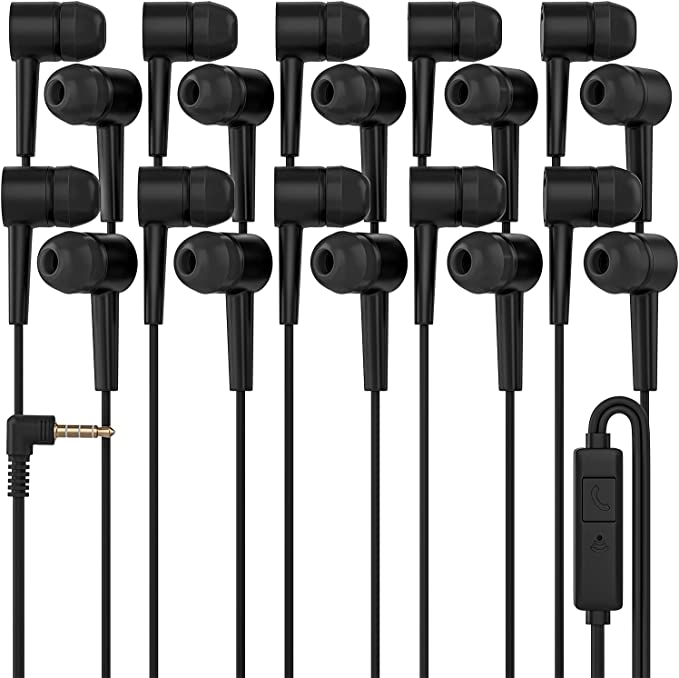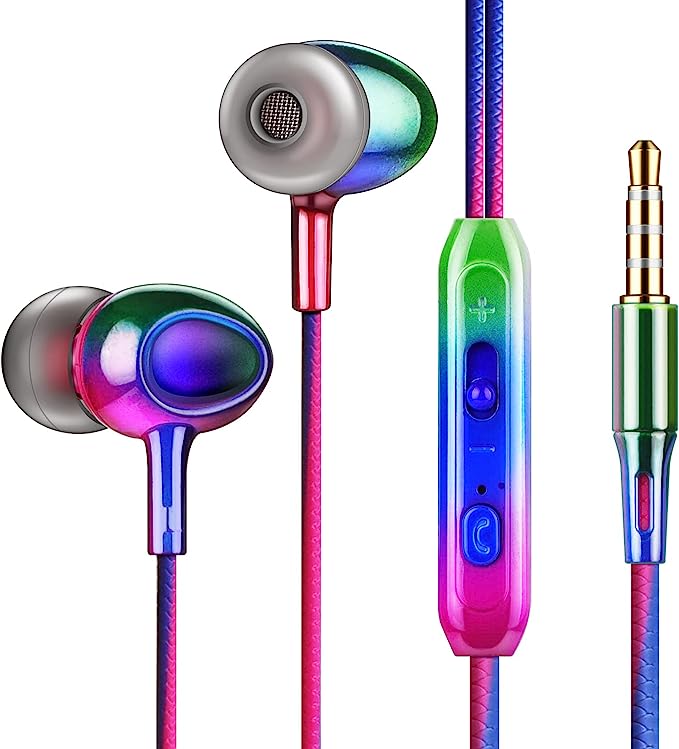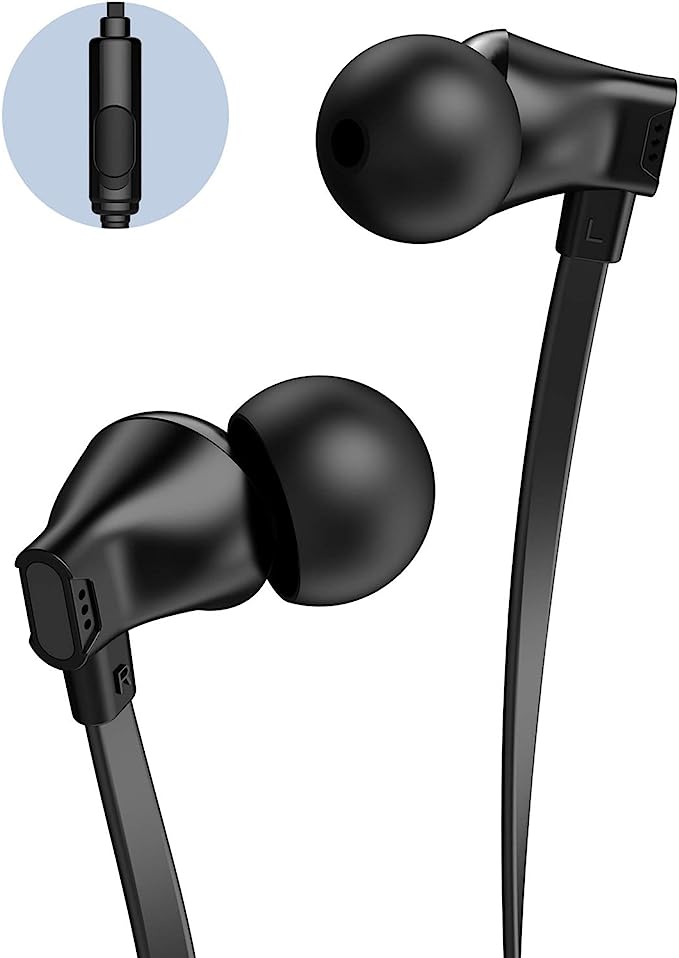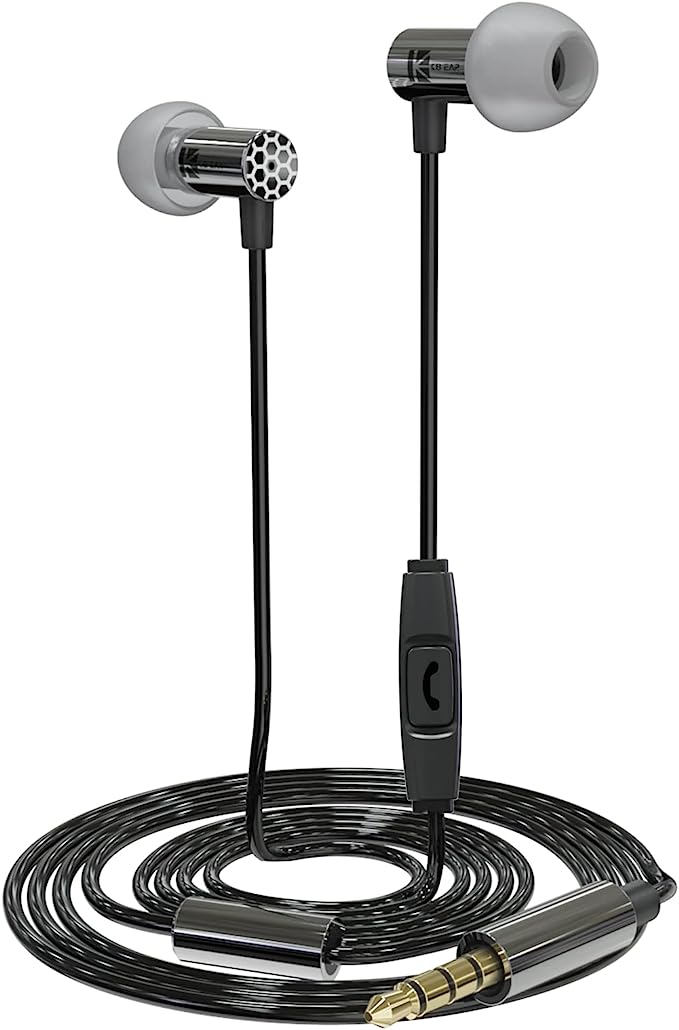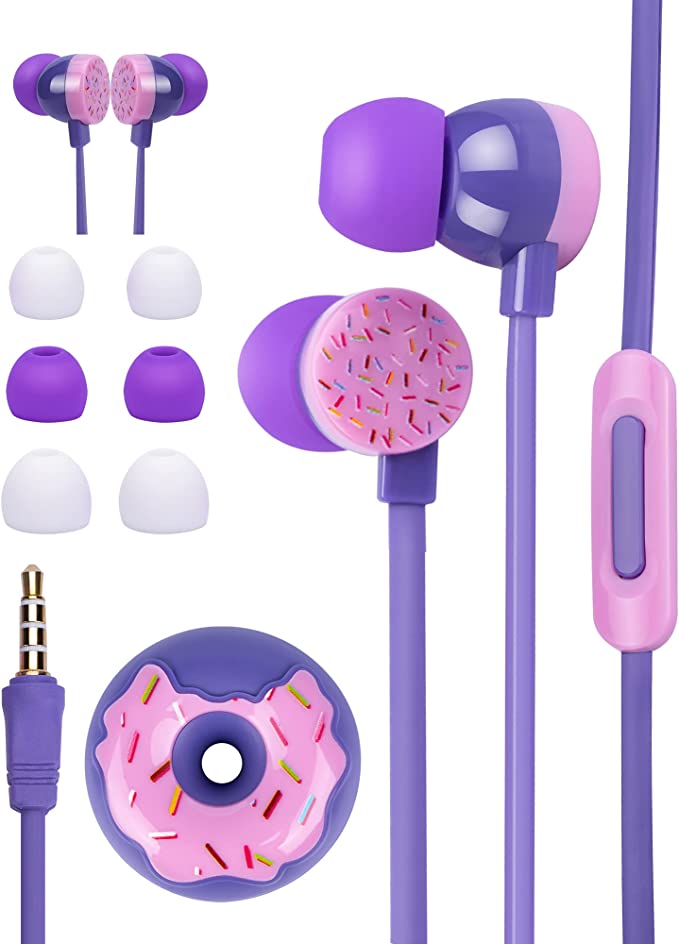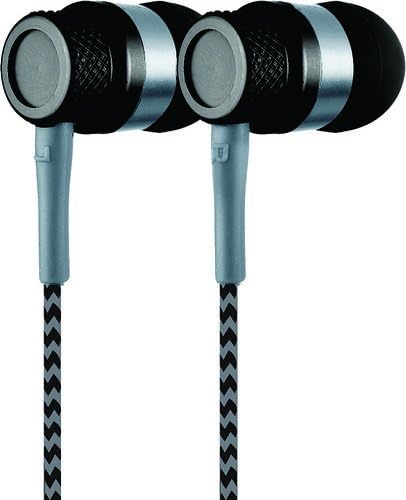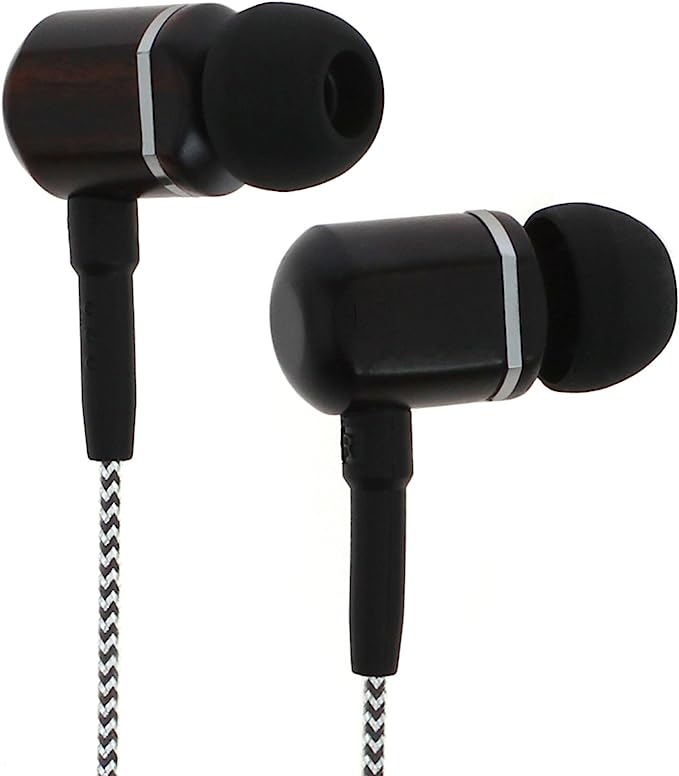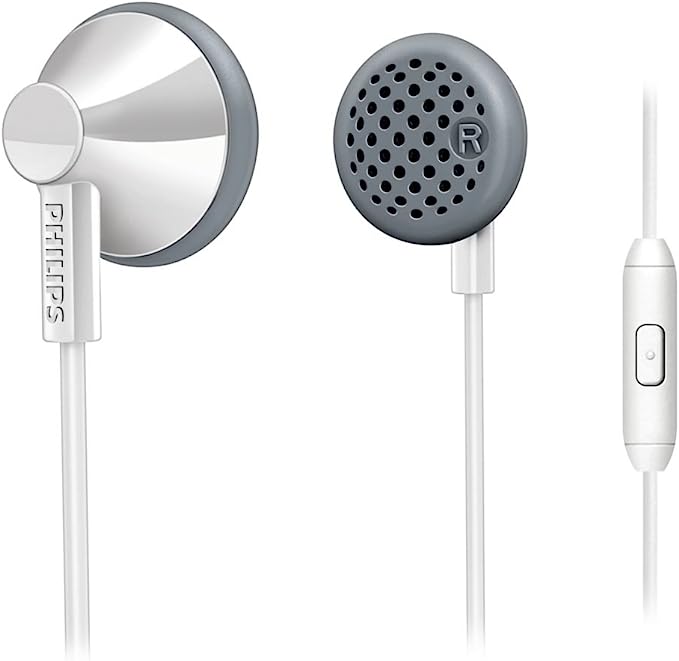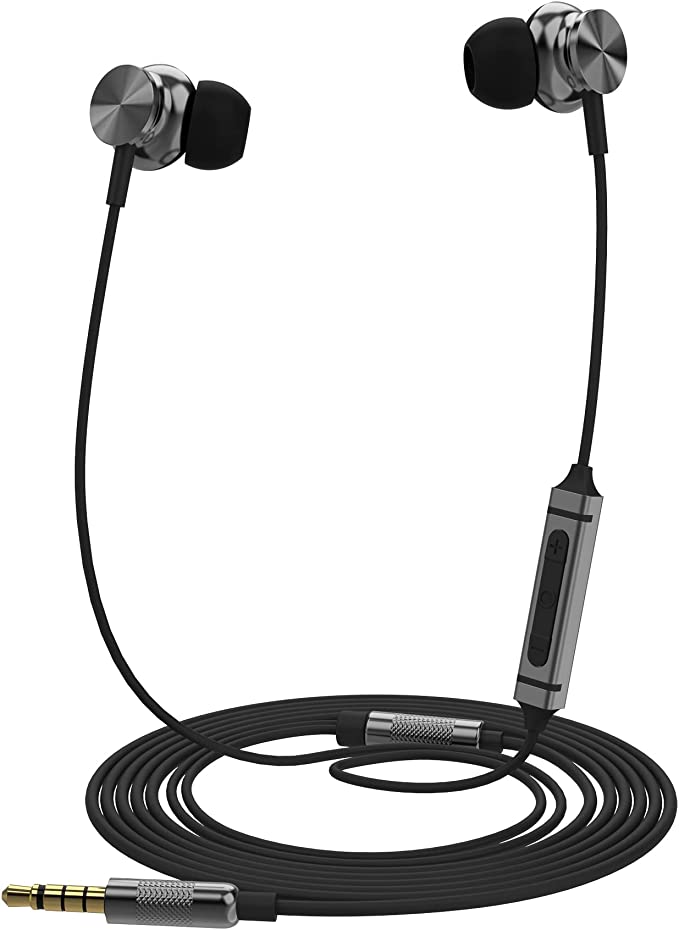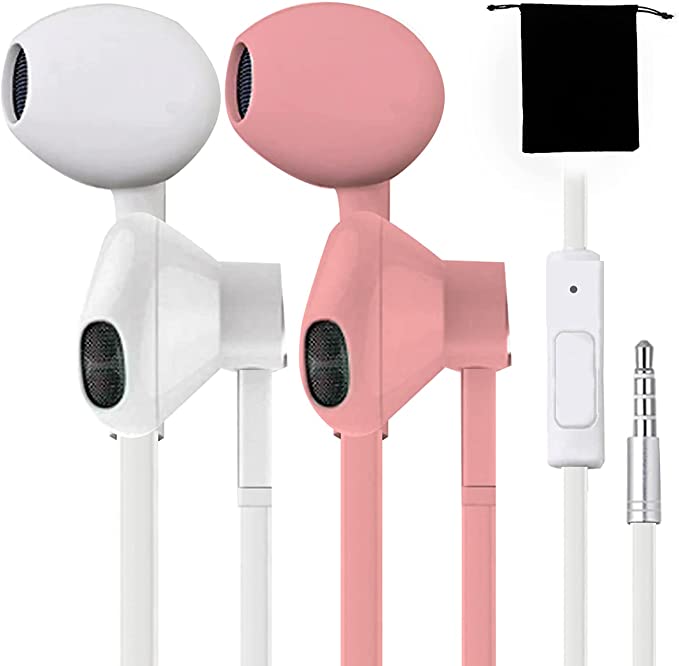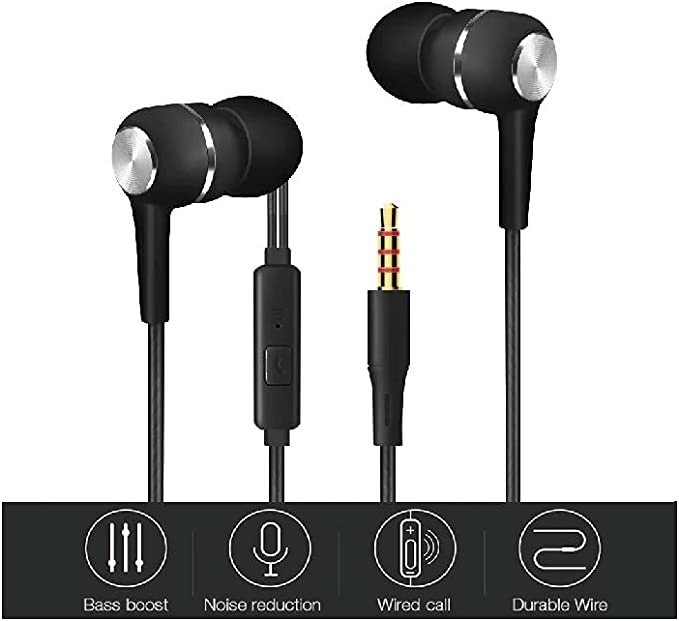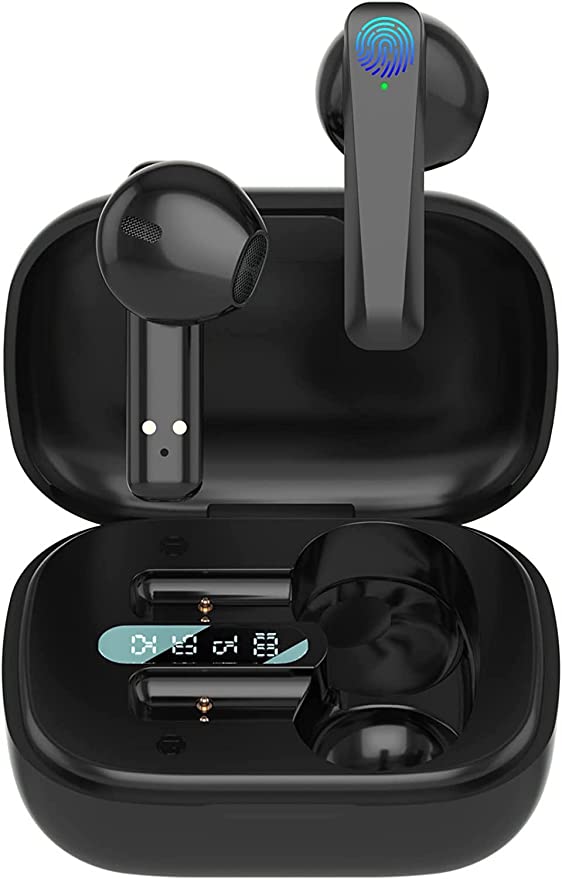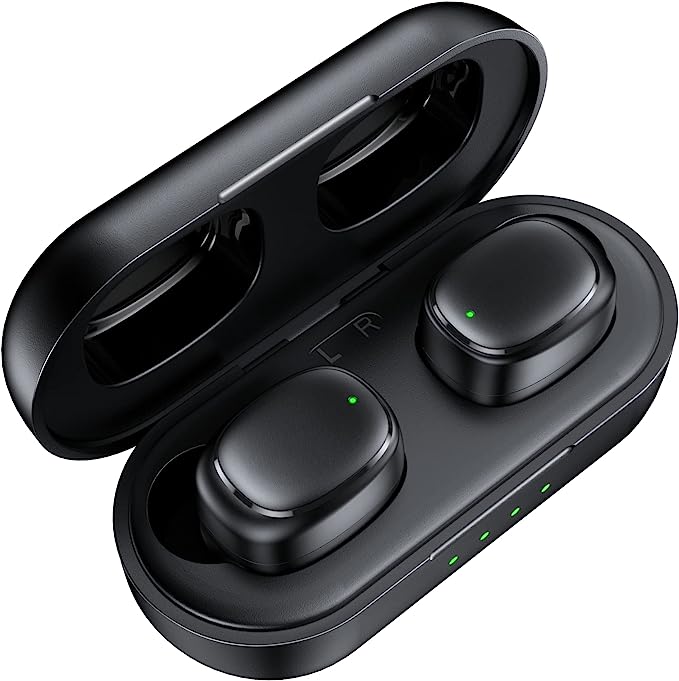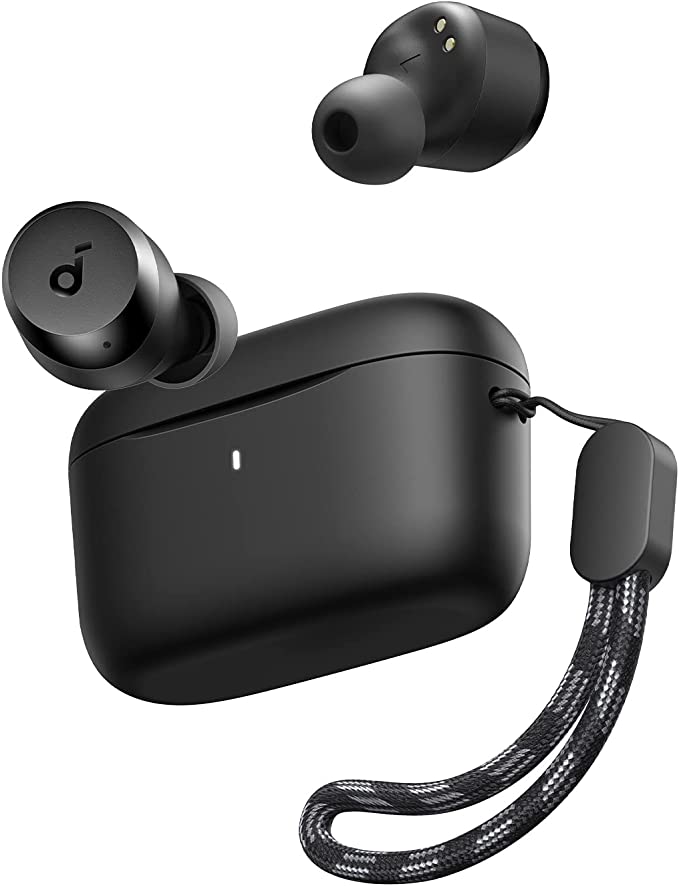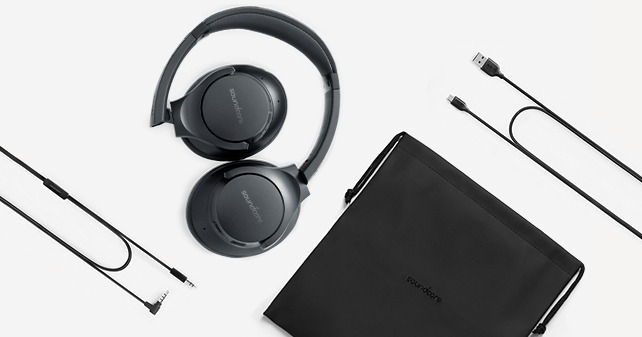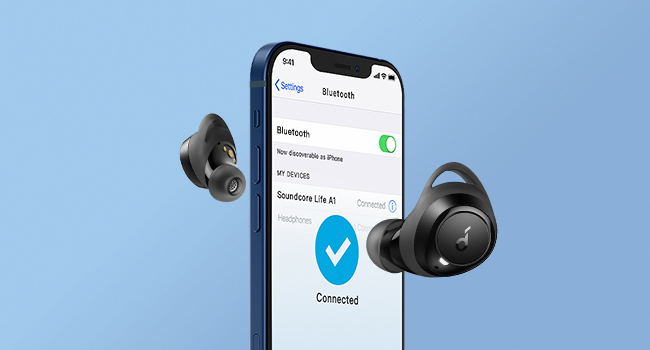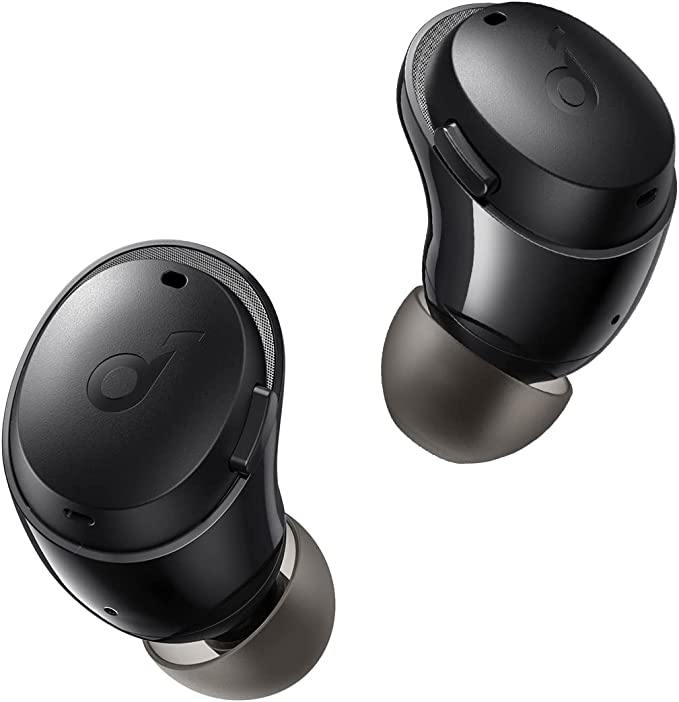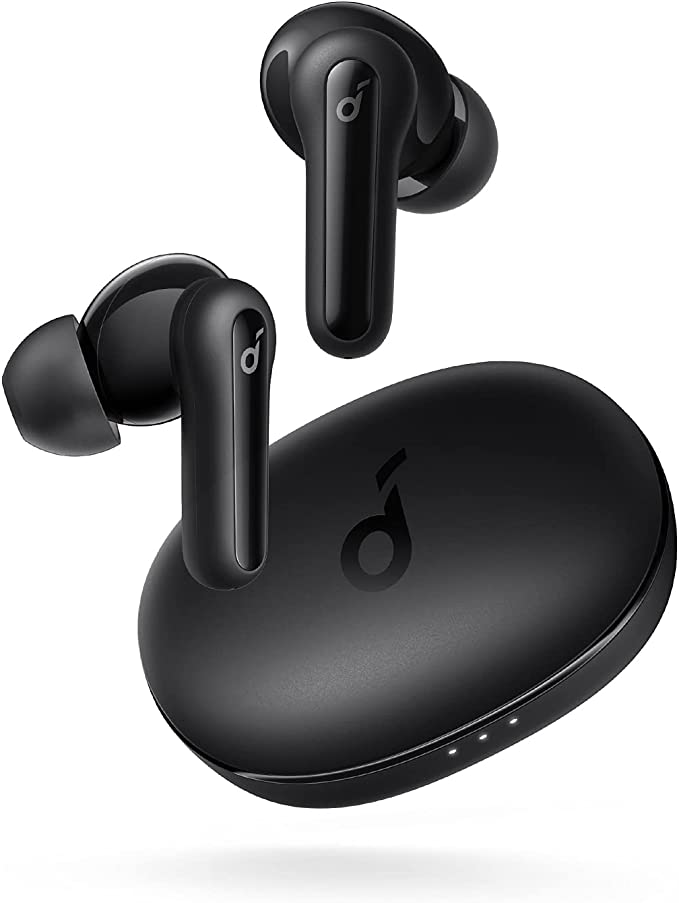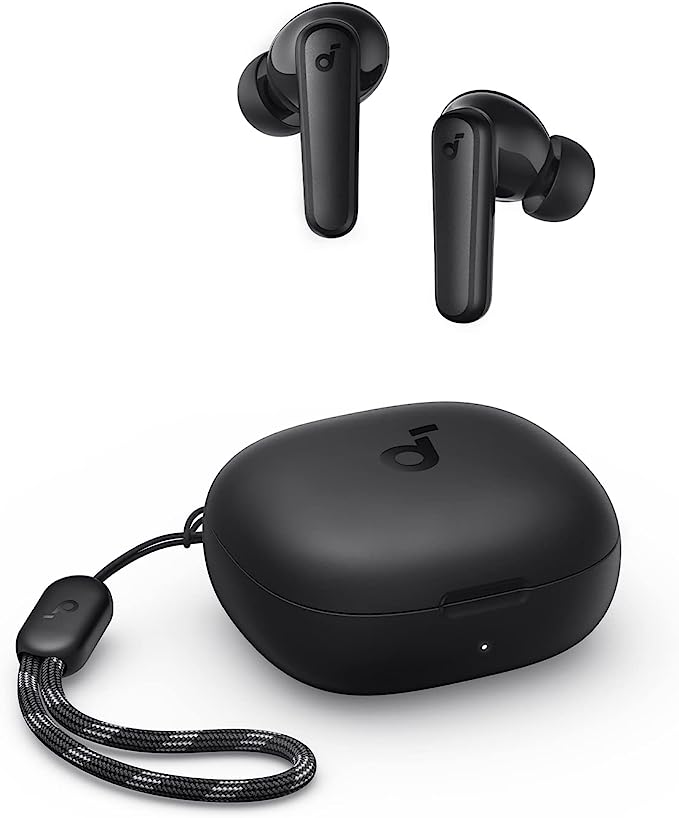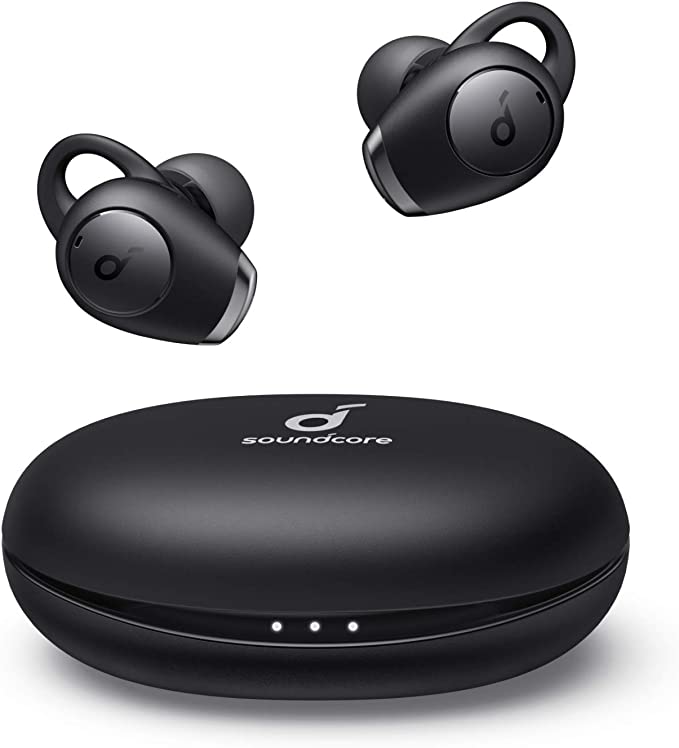PureGear PureBoom Headphones: Tangle-Free Sound for Everyday Life
Update on Feb. 14, 2025, 2:47 p.m.
We’ve all experienced the frustration of pulling out our earbuds, only to find them in a tangled knot. It’s a universal annoyance, a small but persistent problem in our increasingly digital lives. But have you ever stopped to wonder why it happens? And more importantly, how a simple design change, like the one found in the PureGear PureBoom Premium Tangle Free in-Ear Stereo Headphones, can solve this age-old problem? The answer, like the best answers, lies in science.

The Science of Sound: More Than Meets the Ear
Before we dive into the specifics of the PureBoom earbuds, let’s take a moment to appreciate the fascinating science of sound itself. Sound, in its simplest form, is a vibration that travels through a medium, such as air, water, or even solids. These vibrations are created by a source – a vibrating guitar string, a clapping hand, or, in the case of headphones, a tiny vibrating diaphragm.
These vibrations create waves, similar to ripples in a pond. The waves have two key properties: frequency and amplitude. Frequency refers to the number of waves that pass a point in a given time, usually measured in Hertz (Hz). The higher the frequency, the higher the pitch of the sound we perceive. Amplitude, on the other hand, refers to the size of the wave, which corresponds to the loudness of the sound. A larger amplitude means a louder sound.
Our ears are incredibly complex instruments designed to capture these vibrations and translate them into electrical signals that our brains interpret as sound. The outer ear funnels the sound waves into the ear canal, where they hit the eardrum, causing it to vibrate. These vibrations are then amplified by tiny bones in the middle ear and transmitted to the inner ear, where they are converted into electrical signals that travel to the brain.

From Electrical Signals to Sonic Bliss: How Headphones Work
Headphones, at their core, are miniature loudspeakers. They take the electrical audio signal from your device (phone, laptop, etc.) and convert it back into sound waves that you can hear. The most common type of headphone driver, and the one likely used in the PureGear PureBoom, is the dynamic driver, also known as a moving-coil driver.
Imagine a tiny, tightly wound coil of wire (the voice coil) attached to a thin, flexible membrane (the diaphragm). This coil sits within a magnetic field created by a permanent magnet. When an electrical audio signal passes through the coil, it creates a fluctuating magnetic field. This fluctuating field interacts with the permanent magnet’s field, causing the coil (and the attached diaphragm) to vibrate rapidly. These vibrations create the sound waves that travel to your ears.
The PureBoom Advantage: Features that Matter
The PureGear PureBoom isn’t just another pair of earbuds. It’s designed with specific features to address common user frustrations and deliver a satisfying listening experience. Let’s break down those features:
Tangle-Free by Design: The Physics of Flat Cables
This is where the PureBoom truly shines. The flat cable design isn’t just an aesthetic choice; it’s a clever application of basic physics. The tendency of round cables to tangle is due to their relatively small surface area and their tendency to form loops and kinks. When a round cable is coiled or stuffed into a pocket, these loops can easily interlock, creating knots.
A flat cable, however, has a larger surface area. This increased surface area creates more friction between different parts of the cable, making it more resistant to sliding and twisting. Furthermore, the flat shape itself makes it more difficult for the cable to form tight loops, the precursors to knots. It’s a simple but elegant solution to a surprisingly complex problem.
The Universal Language of Sound: The 3.5mm Connector
The PureGear PureBoom utilizes the venerable 3.5mm TRRS (Tip, Ring, Ring, Sleeve) connector, also known as the headphone jack. This is a nearly universal standard for analog audio connections, found on a vast array of devices, from smartphones and laptops to musical instruments and professional audio equipment.
The 3.5mm connector transmits audio signals in analog form. This means that the electrical signal is a direct representation of the sound wave itself. The connector’s different sections (Tip, Ring, Ring, Sleeve) carry different signals: typically, the left channel audio, right channel audio, ground, and microphone signal. The enduring popularity of the 3.5mm jack is a testament to its simplicity, reliability, and broad compatibility.
Built in Microphone, Clear communication.
The microphone picks up sound waves from your voice and converts them into electrical signals. This is an essential feature for hands-free calling and using voice assistants. The microphone on PureBoom delivers audio in mono.
Universal Compatibility: Plug and Play
Because of the 3.5mm jack, the PureBoom headphones are compatible with a huge range of devices. Whether you’re using an iPhone, Android phone, iPad, laptop, desktop computer, or even older devices like MP3 players, as long as it has a 3.5mm audio port, you’re good to go. This eliminates the hassle of needing different headphones for different devices.

Comfort and Fit: Ergonomics in Action
The PureBoom’s in-ear design is another key feature. Unlike earbuds that rest on the outer ear, in-ear headphones fit snugly inside the ear canal. This provides several benefits:
- Improved Sound Isolation: By creating a seal within the ear canal, in-ear headphones block out external noise, allowing you to hear your audio more clearly and at lower volumes.
- Secure Fit: The snug fit prevents the earbuds from falling out easily, making them ideal for activities like exercising or commuting.
- Enhanced Bass Response: The sealed environment within the ear canal can enhance the perception of bass frequencies.
The PureBoom also comes with extra ear tips of different sizes. This is crucial because everyone’s ear canals are slightly different. Finding the right fit ensures both comfort and optimal sound quality.
Built to Last: Sweat Resistance
The PureBoom headphones are designed to be sweat-resistant. This means they can withstand exposure to moisture from sweat during workouts or light rain. The use of materials like Polycarbonate (PC) in the construction contributes to their durability.
Healthy Listening Habits: Protecting Your Hearing
While enjoying your music is important, protecting your hearing is even more crucial. Prolonged exposure to loud sounds can cause permanent hearing damage. Here are some tips for safe listening:
- The 60/60 Rule: Limit listening to 60% of the maximum volume for no more than 60 minutes at a time.
- Take Breaks: Give your ears regular breaks from listening, especially during extended use.
- Use Noise-Isolating Earbuds: By blocking out external noise, you can listen at lower volumes.
- Be Aware of Your Surroundings: If you can’t hear external sounds, you may be listening at a dangerously high volume.
- Proper maintenance: Avoid pulling or yanking the cable, as this can damage the internal wiring.
The Enduring Appeal of Wired Headphones
In a world increasingly dominated by wireless technology, wired headphones like the PureGear PureBoom maintain a dedicated following, and for good reason. Wired headphones offer several advantages:
- No Battery to Worry About: Unlike wireless earbuds, wired headphones don’t require charging.
- Consistent Sound Quality: Wired connections typically provide a more stable and reliable audio signal than Bluetooth.
- Lower Latency: Wired headphones have virtually zero latency (delay), which is crucial for gaming and video editing.
- Affordability
The PureGear PureBoom Premium Tangle Free in-Ear Stereo Headphones offer a blend of practicality, and reliable performance. They’re a reminder that sometimes, the simplest solutions are the most effective.

